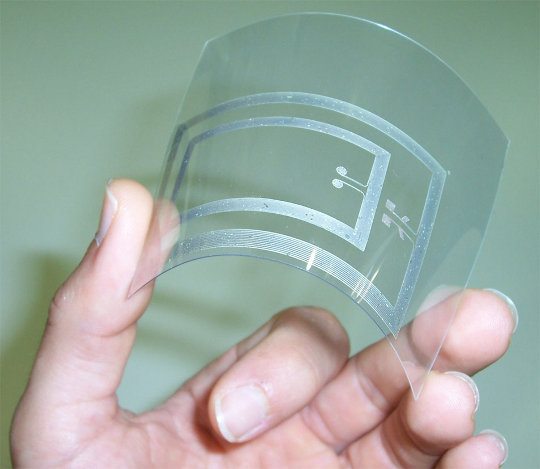A team of researchers at the University of Illinois, Hans Thurnauer, professor of materials science and engineering, and Jennifer Bernhard, a professor of electrical and computer engineering had developed Silver Ink to print high performance electronics circuits. Silver ink is a cheap and efficient way to print electronics circuits than that of our traditional copper.
Developed ink is comprised of silver acetate dissolved in ammonia to give a clear solution. According to the Journal of the American Chemical Society the ink will sort out some of the problems associated with circuit printing on flexible substrates which are getting popular wearable electronic gadgets, thinner gadgets and flexible screens etc. It is proved that it works better than that of other particle based inks. The silver in the ink remains in the reactive solvent until the solvent evaporates leaving a uniform conductive silver deposit. It can be used in inkjet heads or airbrushes with nozzles that are only 100 nano meter diameter. It can also used in pen.
The other advantage is the big selling point temperature. A typical particle based ink has to be printed in relatively high temperature to get maximum conductivity, so it cannot be used for printing in papers and most of the plastics. But the silver based solution gets it maximum conductivity at 90 degree Celsius.
We think that silver is an expensive material its between $26 and $48 last year per ounce. But an ounce of silver could supply a lot of printing ink. That is the cost will be comparable to that of printing ink sold today.
So we can hope that, scientists will have printing electronics onto flexible surfaces to make antenas, for example, future there will be pens that can draw circuits and electronics hobbyists can even make PCB just by using an inkjet printer.
